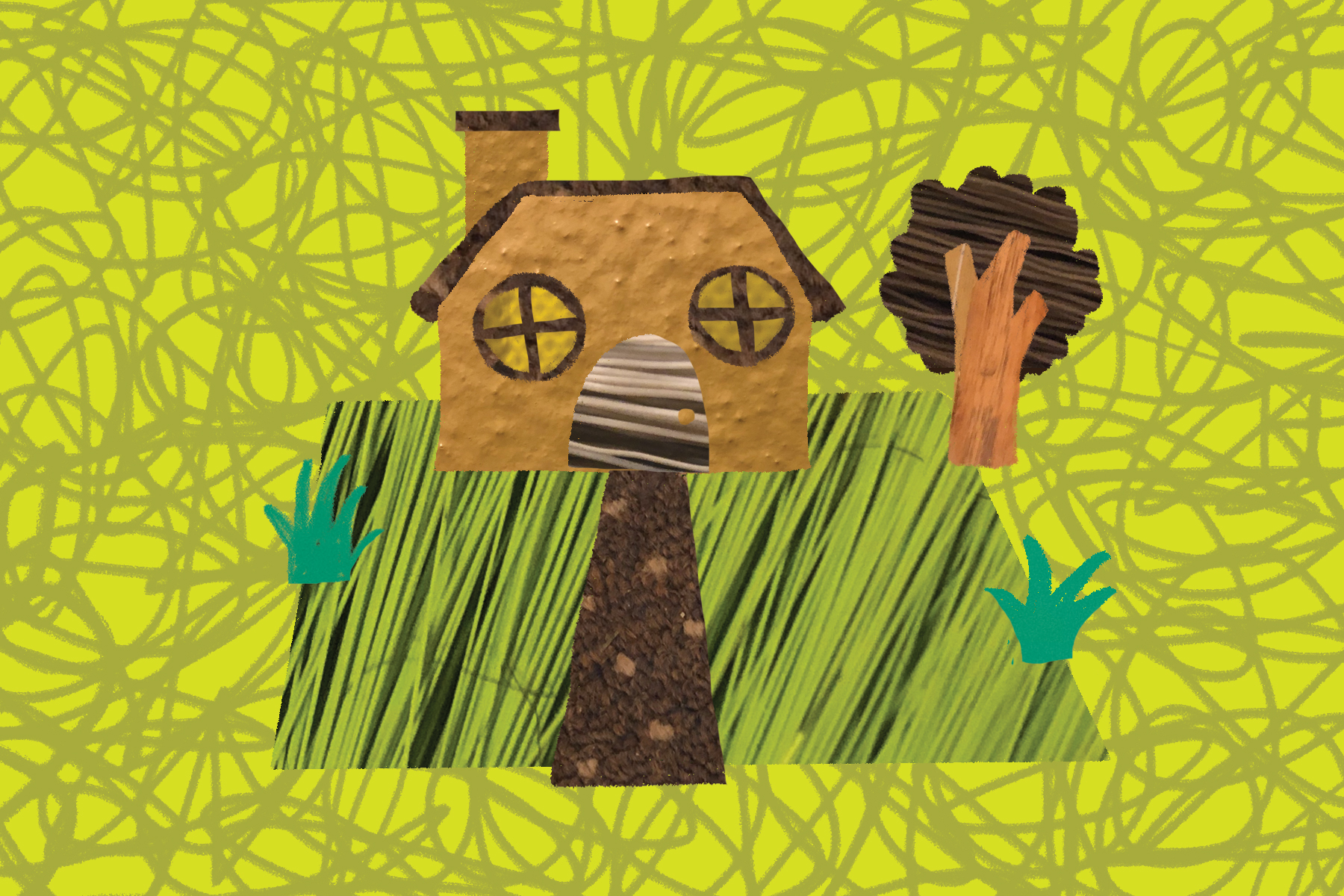White picket fence encapsulating a pristine and manicured front lawn to exemplify a sunshine-filled life of bliss: That is not the American Dream. At least not anymore. Americans are realizing the great travesty that is the front lawn and the desperate need to remove them. Lawns are the American Nightmare.
How can an idyllic patch of green be so monstrous? It’s a place of children playing games, a breath of fresh air among brick and mortar and something that provides environmental benefits. At least, that is the lie we’ve believed for so long. Lawns are a money-sucking hoax and a $60 billion a year one at that.
The lawn isn’t just a source of allowance money: It’s a costly endeavor from formation to maintenance to clean-up. From the moment one acquires a house, lawns require attention. The consumer cost comes into play with keeping the grass alive, and fertilizers and pesticides are the first go-to.
The more the better is the American motto and it holds true with fertilizer as well. Americans use about 10 times more fertilizer for lawn purposes than farmers employ for food crops. It measures up to about 90 million pounds of fertilizers placed on lawns each year. The production alone of fertilizer contributes to 1.2% of total greenhouse gas emissions. Once fertilized, the typical yard emits about five or six times the amount of CO2 than they absorb during photosynthesis. The breath of fresh air associated with lawns pollutes the air more than it cleans it.
Lawns are a detriment to the water supply as well. The water, which has been treated to measure up to drinking standards, is poured out on the blades to create this green oasis. To achieve this, we end up dumping two times the amount of water required to properly hydrate the grass. This water-guzzling endeavor depletes valuable water resources (and takes a chunk out of wallets in the process).
The lawn so painstakingly watched over then needs to be hacked up. Americans take to the hated task of cutting the grass they’ve been pushing to grow. Mowing has downsides beyond the extensive time and physical exhaustion demanded from the activity. Lawnmowers spew out air pollution even better than they do grass. The EPA found that one gas lawn mower emits 89 pounds of CO2 and 34 pounds of other pollutants into the air each year. A little perspective on that — running a gas mower for an hour will produce 11 times more pollution than a new car.
If only the harm to the Earth ended there. A tidy lawn needs to have sharp edges and be cleared of leaves, and the air chokes on the fumes exhausted by leaf blowers and edgers the same as with mowers. In terms of hydrocarbon emissions, 30 minutes of running a leaf blower would have the same effect as driving a car 7,700 miles at 30 miles per hour. All combined, lawn care produces around 13 billion pounds of toxic pollutants per year.
The harmful practice of owning a lawn has to have some benefits, right? No. A lawn is all for nothing. Americans expend more than 300 million hours annually just mowing the grass. All of the time devoted to achieving a picturesque lawn provides no return on investment. Yards don’t produce food, despite occupying valuable land and resources. They don’t provide habitats for the diverse insects and animals that generate countless benefits, nor do they offer even a minimum of beauty to the world. Lawns don’t even deliver the one thing plants are supposed to do — help offset carbon footprints.
A lawn provides an aesthetic. Is the image even worth it? The picture a lawn presents is one of elitism. The owner has wealth and time to craft something that serves no purpose besides a view. A landscape of nothing but static green. No dandelions, weeds, leaves or anything besides militantly cut lawns are allowed. Society won’t allow anything but conformity. The one area of specialization (if one dares), is confined to a small area near the mailbox or next to the front porch. The (American) dream house curtailed and laid out by societal pressures and not individual desires.
Is it possible to wake up from this American Dream to start living by a new philosophy? Yes. Remove lawns. The home owners association has limitations on what can be done in terms of lawn maintenance but there are still options that comply with the regulations. (You can also petition to change these laws if you desire.) First, rip out the true weed — the lawn itself.
You have to kill the old to start anew. Starting on fresh new ground, your front “lawn” can look any number of ways. It can be a partial remodel or a complete overhaul. A way to just dip a toe into your lawn’s rebirth is to remove your lawn section by section. Do you think you need your lawn? Is there an area where you like to lay? Do you have a spot you like to play cornhole? If so, leave that part alone. Map out the spots you want to remain a lawn and plan out the rest for native plants.
Native plants and grass grown out slightly longer than usual will help to promote more wildlife and various other environmental positives. An entire lawn converted to an eco-friendly design does all the more justice to the Earth and a new American dream. Xeriscaping, or desert-style landscaping, is a great lawn design for those in drier climates and those affected by droughts. Other options can involve letting wildflowers blossom, planting native trees and allowing the clovers to spring up. No ideas? There may be a sustainable landscaper near your area.
It’s possible to take control of your lawn and transform it into a true dream — your dream. The green lawn in front of a red brick house is an ideal of the past. A thriving and vibrant yard filled with colors and plants and personal style is the way of the future. Change is long overdue. Wake up, start anew and remove your lawn.
















